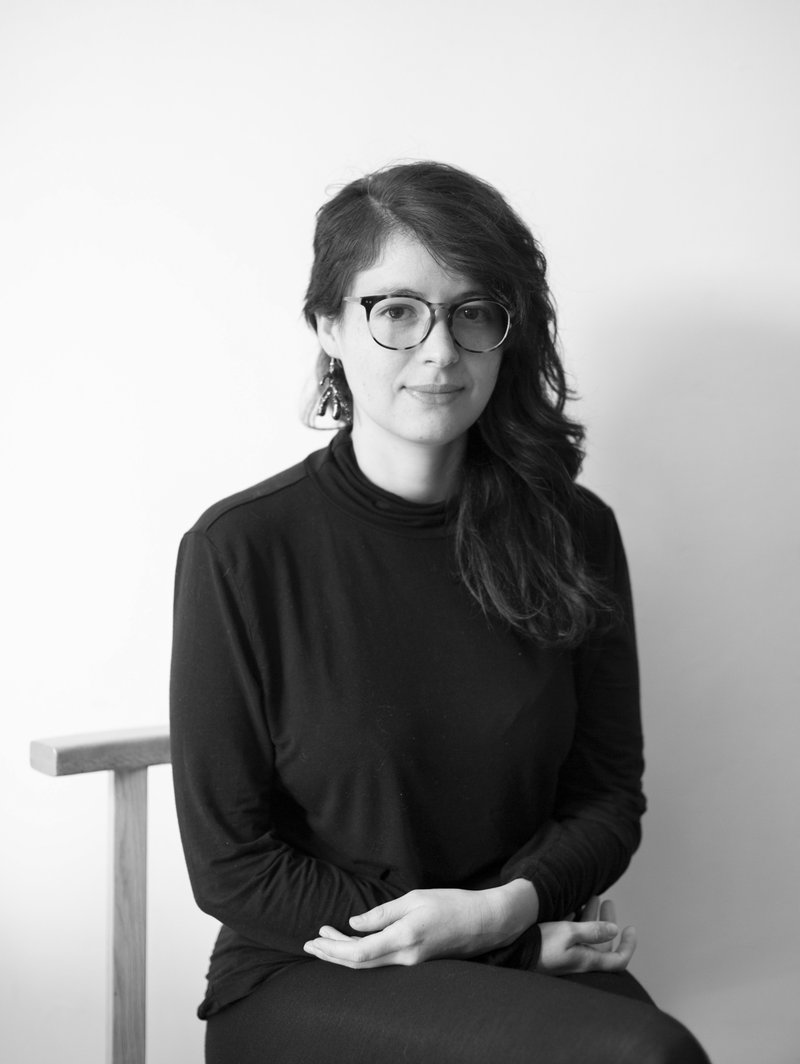Fernanda Ramos

In 2021, 50 contemporary art curators, researchers, and museum professionals from 32 different countries were awarded support to attend the CIMAM 2021 Annual Conference, in-person and online.
For the first time, and thanks to the generous support of The Getty Foundation who sponsored the virtual platform, 27 grantees attended the conference online, while 23 attended onsite.
Launched in 2005, CIMAM’s Travel Grant Program is designed to foster cooperation and cultural exchange between contemporary art curators and museum directors in emerging and developing economies and their counterparts in other regions of the world.
Fernanda Ramos' Conference Report
Last month, I prepared myself to follow the CIMAM Annual Conference program from home. All the bustle, laughter, and bodies of my colleagues on-site, perceived remotely through the live stream, made a working arrangement that has been normalized and exponentiated by the COVID-19 pandemic even more evident. A strange sensation of invisible presence lurked behind the screen.
What follows is a free-form recount of the perspectives triggered by the diverse perspectives, conversations, and exchange of ideas with my colleagues through our online interactions during this year's program.
The opening keynote was a potent wake-up call. Dispesh Chakrabarty centered his reflection around the historical context of climate change. A set of charts demonstrated how the untethered population growth of the megalopolis had impacted fossil energies, paper production, and water consumption since the 1950s. According to Chakrabarty, humankind had never thrived this way despite looming social injustice. However, the astounding lack of an ecological conscience reflected on the assumed superiority of human beings over other non-human beings has placed us on the track of an impending massive extinction triggered by our very own species.
Against this bleak picture, socially and environmentally speaking, a question arises: how can we generate a collective consciousness about the imperative need for change in a polarized world, further complexified by violence, extractivism, and socio-political and environmental inequity? What Chakrabarty calls "Planet" defines a starting point for an alternative history of the Earth as a system and, for me, reveals a glimmer of hope. Moreover, it leads me to imagine a story that can be told from plurality: an interconnected context that unhierarchizes a dominant human-centered hegemony, enabling substitutive distributive economies.
Throughout the course of three days, all of the addresses kept on opening key question marks: What is the role of museums amidst the crisis? Do we need to create contents that can be problematized beyond the framework of traditional aesthetics? How can we structure our collections to appeal to critical and reflexive thought pertinent to the current conversation? I can't begin to approach any preemptive solutions while I peruse now and again the notes I made in my notebook about Johanna Sokolowska's presentation: "the exhibition as a space of imagination." I reinterpret this as the agency of art to harbor a discourse that destabilizes cultural hegemony, breaking with patriarchy and transforming museums into communal spaces geared towards an open conviviality.
The historical institutional background of the museum is not passive regarding ideological constructs. They represent spaces of privilege that have instrumentalized colonial dominion and extractivist logic; by working towards the visibility of this violence, we can address open wounds that may give way to resilience, affections and empower silenced histories. Institutional culture must generate programming that engages with public agenda, fostering inclusive and diverse spaces. However, public museums also have to respond to a set of state-sanctioned cultural policies that have to meet a quota of commemorative occasions, replicate a monolithic narrative, and formalize culture in the State's service.
Following T.J. Demos' argumentation about the MoMA strike, I think that celebrating these milestones can shift the discourse in favor of public policies instead of engaging in social struggle and adapting to "the world as it is and not the world as we want it to be". What does this responsibility mean in the face of symbolic value being instrumentalized as statecraft officiality?
Believing that hope is possible is already a strategy to generate resistance; the act of imagination can further radicality and change. Museums are indeed in the face of an open challenge and must heed this call of transformation in our current crisis context: maybe this urgent process of adaptability lies in what T.J. Demos puts forward as "the future beyond the museum".
I'd like to acknowledge my gratitude towards The Getty Foundation and the Selection Committee at CIMAM for granting me the opportunity to participate in the 2021 Annual Conference remotely. As a curator currently associated with a public institution and primarily interested in art and its engagement with social movements, gender, and sexuality, this edition renowned my interest in opening up my professional practice to complex discussions that intersect with social justice.